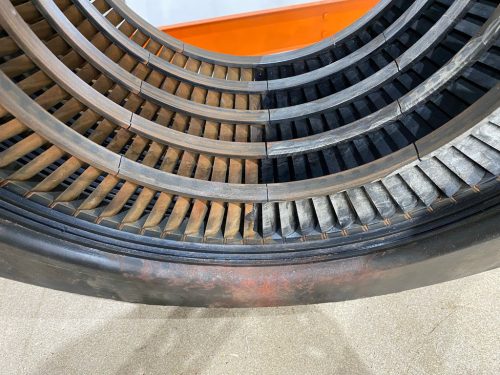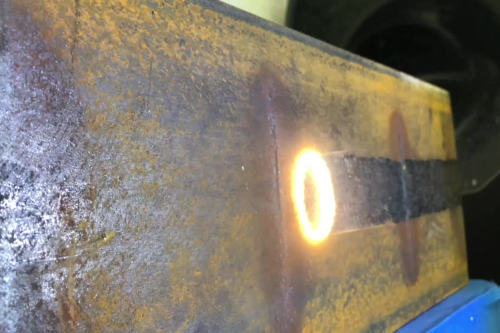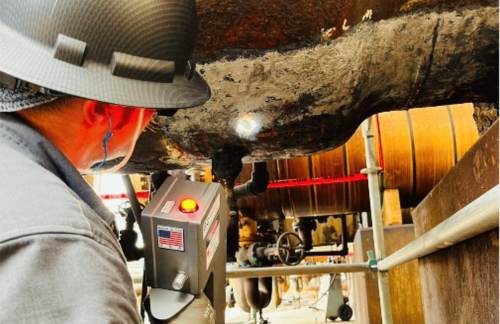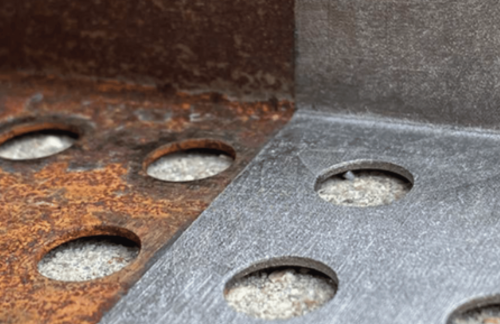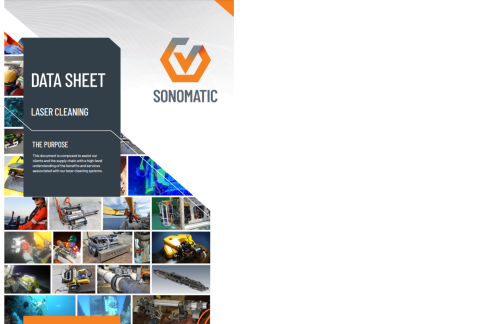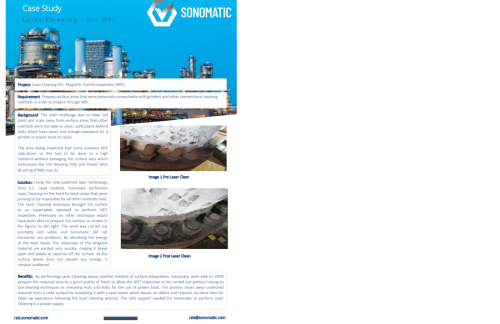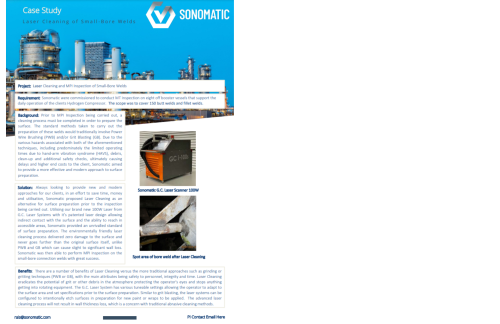Sonomatic RAIS’ expertise in laser ablation ensures quality and precision for your projects. Our advanced equipment, coupled with our experienced team, guarantees efficient and precise results every time. We provide solutions tailored to your unique needs, ensuring that every ablation process is optimised for your project.
Laser ablation refers to a unique method where laser energy is used to remove or alter the surface of a material at the microscopic level. RAIS leverages the high-power concentration of laser pulses to interact with a material’s surface. As these pulses strike the surface, they’re absorbed, leading to the ejection or evaporation of atoms, ions, and small particles – a phenomenon known as laser ablation.
This removal process is governed by the characteristics of the laser light, especially its wavelength. Different materials absorb different wavelengths of light more efficiently, which makes laser ablation a versatile technique adaptable to a wide variety of materials. The absorbed laser energy is converted into thermal energy, causing the material to heat up and vaporise, leaving a clean and smooth surface.

